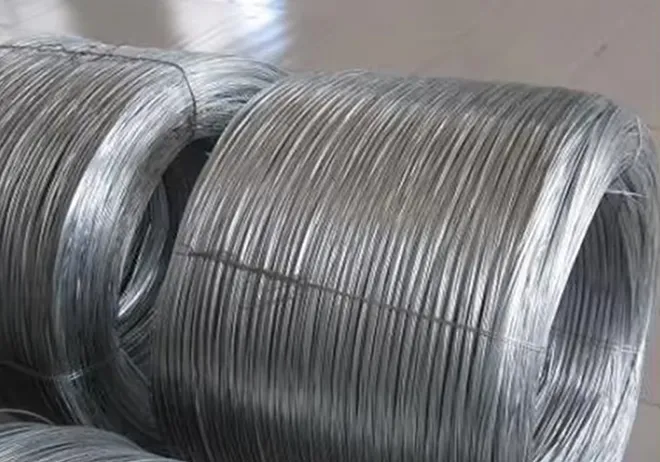Feb . 16, 2025 00:55
Back to list
Roofing Nails
Choosing the Right Nails for Thin Wood A Comprehensive Guide
The context of nail usage (internal or external environments) will determine the best material choice - Galvanized Nails For projects exposed to moisture or outdoor elements, galvanized nails resist rusting. They are essential in augmenting the longevity of the assembly. - Stainless Steel Nails Offering the highest corrosion resistance, stainless steel is preferable for high-humidity areas but comes at a higher cost. - Copper or Brass Nails Often chosen for aesthetic purposes in interior settings, especially when paired with certain hardwoods to bring out a unique finish. The Length and Gauge Matter Accuracy in length and gauge selection avoids many pitfalls. A nail that is about twice the thickness of the joining piece is usually optimal. The gauge should be small enough to prevent splitting but large enough to retain structural integrity. For instance, using an 18-gauge for most thin wood projects strikes an ideal balance. The Role of Pre-Drilling Even when using appropriately sized nails, pre-drilling can significantly reduce the risk of splitting, especially when dealing with particularly brittle woods or ends of boards. Pre-drilling makes nails easier to insert and allows for precise placement. Trust in Tool Synergy The synergy of the nail and the tool used for driving it is often overlooked. Pneumatic nail guns are commonly recommended due to their controlled power settings, which can be adjusted to prevent overdriving a nail into delicate material. Expert Tips for Best Practices 1. Test on Scrap Pieces Before your actual project, practice on scraps to fine-tune your tool settings and nail choices. 2. Environmental Considerations Always match nail type and material to the environment in which your wood project will reside. 3. Align with Project Goals The functional and aesthetic goals should guide your choice; a focus on discreet finishes would naturally lean towards pin or brad nails. By combining technical knowledge with practical application advice, selecting the right nails becomes a seamless process, ensuring that your thin wood projects are not only secure but also visually appealing. Through informed choice and tool mastery, you infuse each project with durability and aesthetic grace, proving the right nail is indeed worth its weight in craftsmanship.


The context of nail usage (internal or external environments) will determine the best material choice - Galvanized Nails For projects exposed to moisture or outdoor elements, galvanized nails resist rusting. They are essential in augmenting the longevity of the assembly. - Stainless Steel Nails Offering the highest corrosion resistance, stainless steel is preferable for high-humidity areas but comes at a higher cost. - Copper or Brass Nails Often chosen for aesthetic purposes in interior settings, especially when paired with certain hardwoods to bring out a unique finish. The Length and Gauge Matter Accuracy in length and gauge selection avoids many pitfalls. A nail that is about twice the thickness of the joining piece is usually optimal. The gauge should be small enough to prevent splitting but large enough to retain structural integrity. For instance, using an 18-gauge for most thin wood projects strikes an ideal balance. The Role of Pre-Drilling Even when using appropriately sized nails, pre-drilling can significantly reduce the risk of splitting, especially when dealing with particularly brittle woods or ends of boards. Pre-drilling makes nails easier to insert and allows for precise placement. Trust in Tool Synergy The synergy of the nail and the tool used for driving it is often overlooked. Pneumatic nail guns are commonly recommended due to their controlled power settings, which can be adjusted to prevent overdriving a nail into delicate material. Expert Tips for Best Practices 1. Test on Scrap Pieces Before your actual project, practice on scraps to fine-tune your tool settings and nail choices. 2. Environmental Considerations Always match nail type and material to the environment in which your wood project will reside. 3. Align with Project Goals The functional and aesthetic goals should guide your choice; a focus on discreet finishes would naturally lean towards pin or brad nails. By combining technical knowledge with practical application advice, selecting the right nails becomes a seamless process, ensuring that your thin wood projects are not only secure but also visually appealing. Through informed choice and tool mastery, you infuse each project with durability and aesthetic grace, proving the right nail is indeed worth its weight in craftsmanship.
Share
Next:
Latest news
-
Innovations in Razor Barbed Wire Design TechnologyNewsAug.11,2025
-
Roofing Nail Compatibility with Different Metal Roof TypesNewsAug.11,2025
-
Welded Wire Mesh for Rockfall Protection BarriersNewsAug.11,2025
-
Galvanized Wire Corrosion Resistance TestingNewsAug.11,2025
-
3D Fence Solutions Preventing Bird CollisionsNewsAug.11,2025
-
Using Chain Link Fence for Urban Garden SupportNewsAug.11,2025




